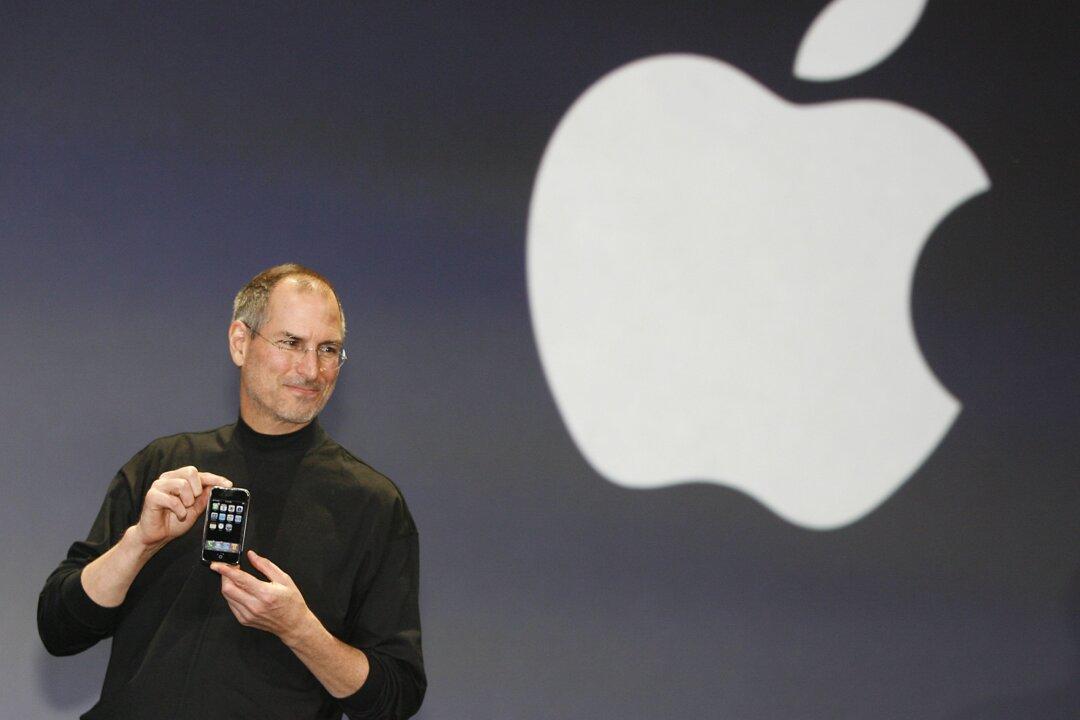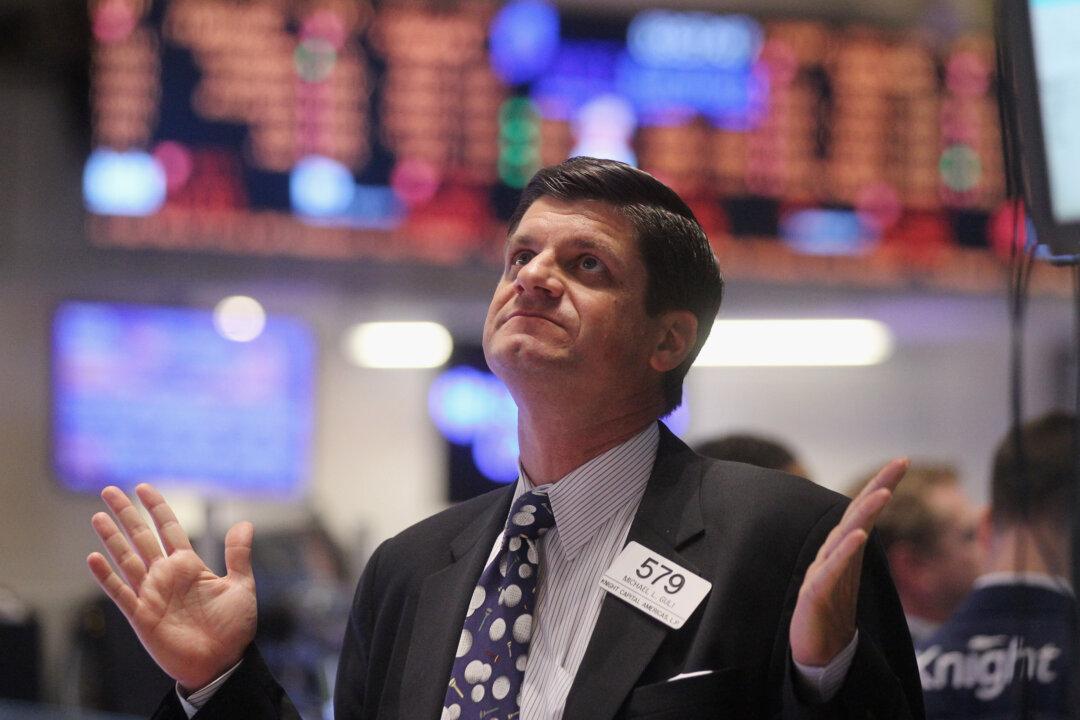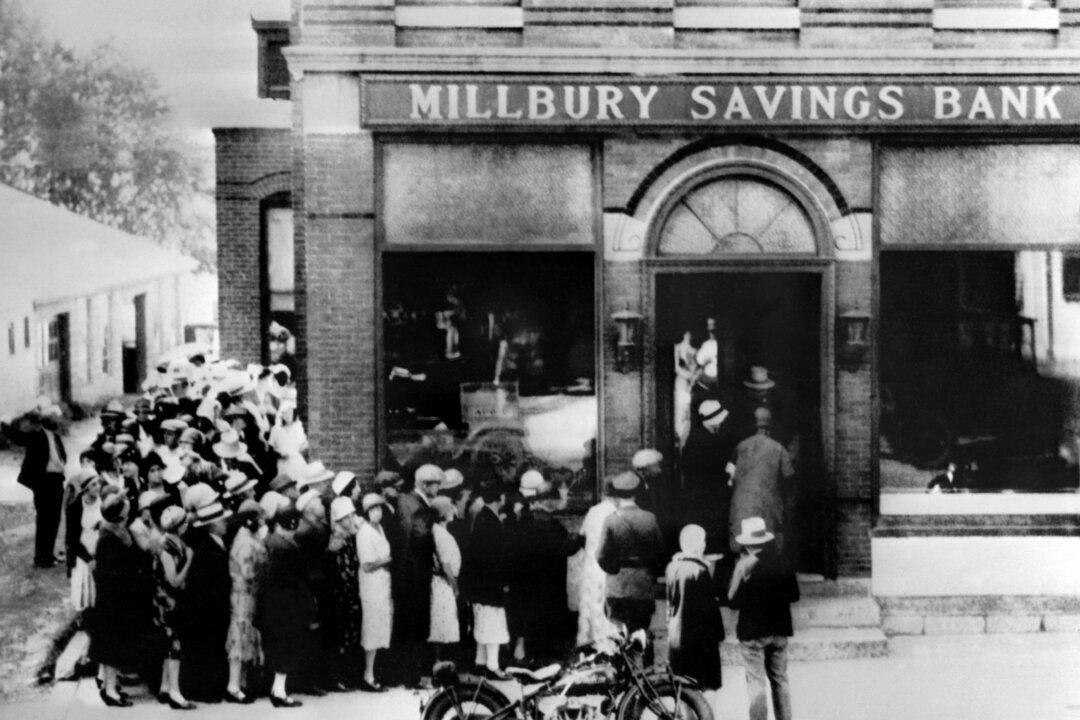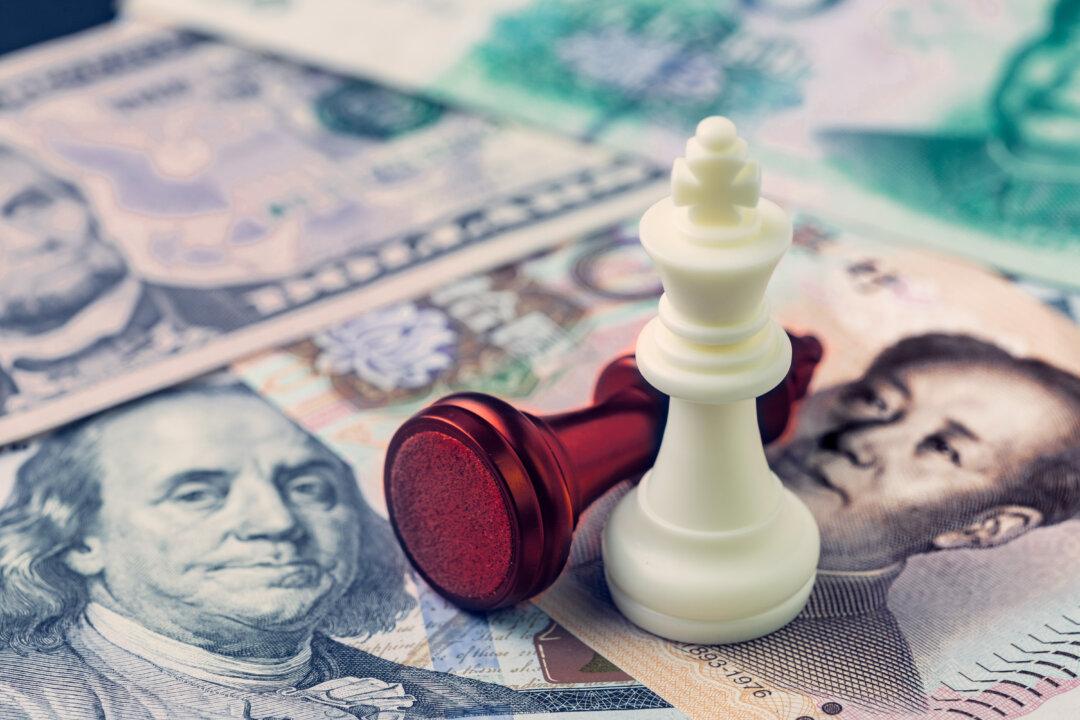People do not know what they might buy until they see what has been produced and brought to market at what prices.
Most people derive their incomes from their employment, so they must be employed producing things before they know how much they can spend. Contrary to mainstream economic theory, both producers and consumers rely a lot more on trial and error than on mathematical precision.





